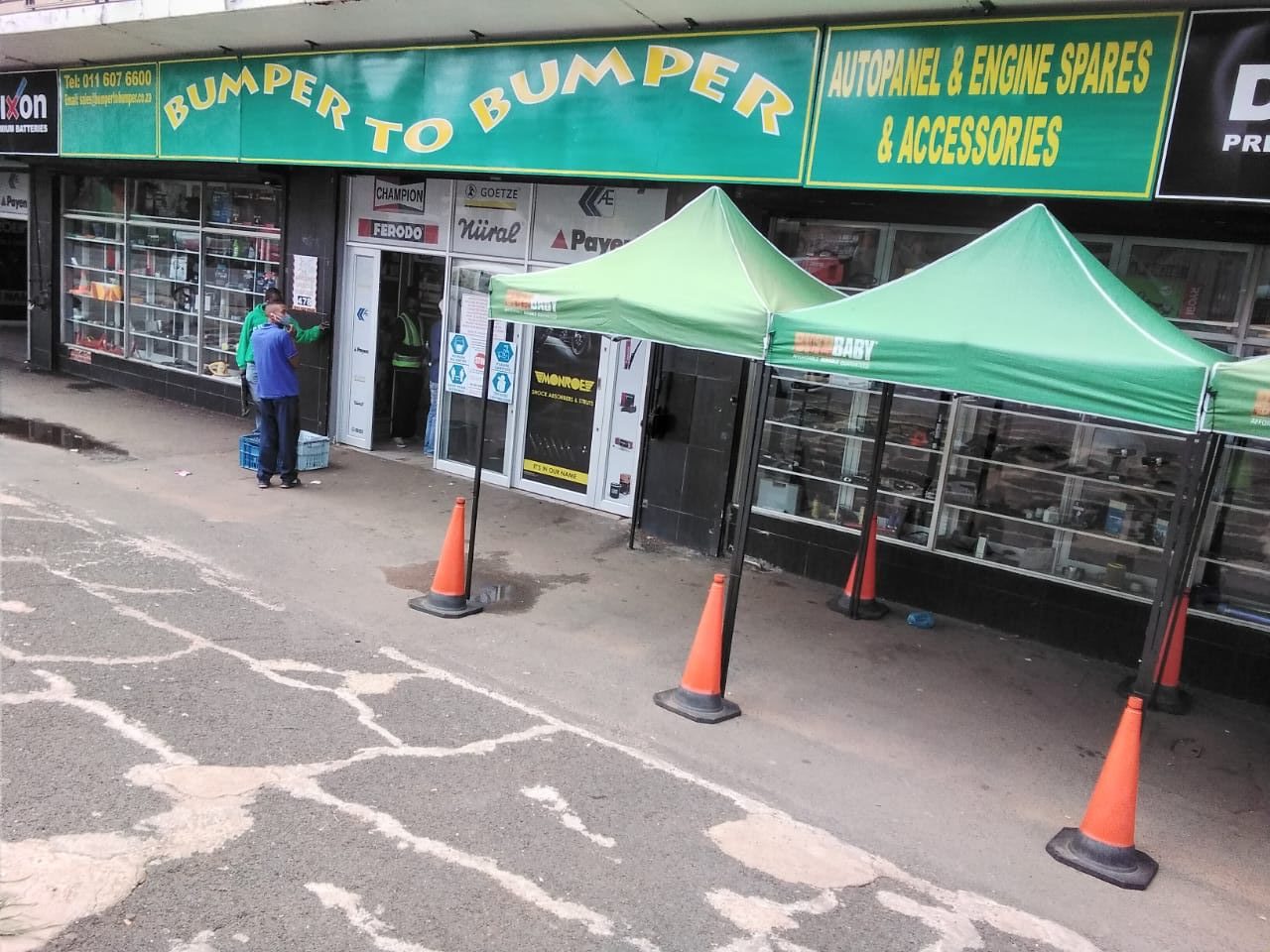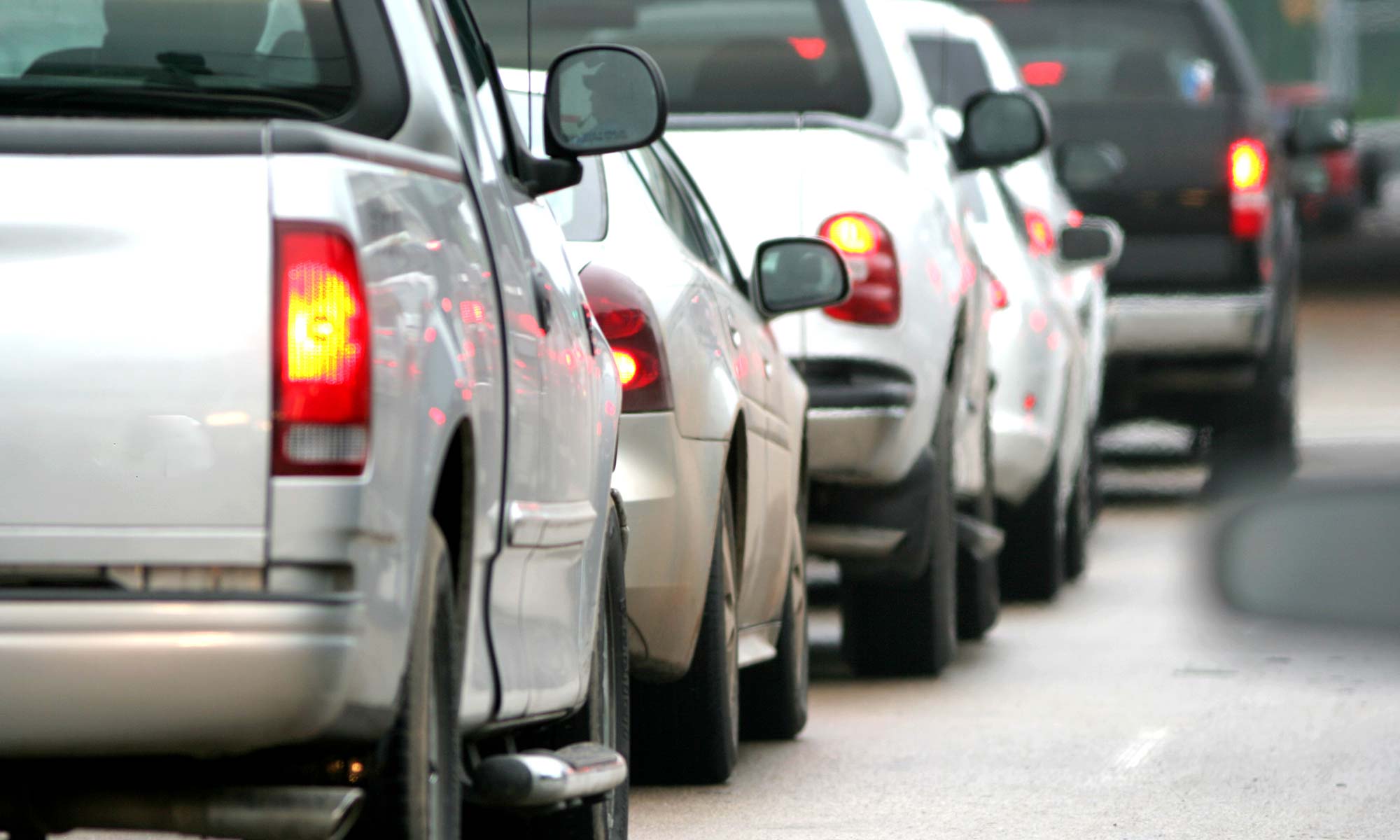Bumper to Bumper Definition and Usage

Bumper to bumper meaning – The term “bumper to bumper” literally means that two vehicles are so close together that their bumpers are almost touching. This phrase is often used to describe traffic congestion, where vehicles are lined up one behind the other with no space between them.
In the bustling metropolis, traffic grinds to a halt, bumper to bumper, creating a scene reminiscent of the biblical tale of David and Goliath. Just as the small but mighty David faced the towering Goliath, so too do commuters battle against the overwhelming tide of vehicles, inching their way forward in a relentless struggle for space and time.
Bumper to bumper, the once-smooth flow of traffic now resembles a battlefield, where patience and perseverance are tested at every turn.
The phrase “bumper to bumper” can also be used in a more general sense to describe any situation where there is no space between two things. For example, you might say that a room is “bumper to bumper” with people if it is so crowded that there is no room to move around.
In the realm of traffic, “bumper to bumper” signifies a state of extreme congestion, where vehicles inch along at a glacial pace. It’s a scenario that can evoke feelings of frustration and impatience. Yet, ironically, this traffic-induced stagnation can serve as a poignant metaphor for the transformative journey of a rags to riches story.
Like a vehicle navigating through bumper-to-bumper traffic, the protagonist of such a tale faces obstacles and setbacks along the way, but ultimately emerges triumphant, having overcome adversity and achieved their dreams. The bumper-to-bumper analogy thus encapsulates both the challenges and the ultimate triumph of the human spirit.
Historical Origins
The term “bumper to bumper” is thought to have originated in the early days of the automobile. When cars were first invented, they were much larger and less maneuverable than they are today. As a result, it was common for cars to get stuck in traffic jams, where they would be lined up bumper to bumper.
Bumper to bumper traffic, a phrase that conjures images of endless lines of vehicles, reminds me of the classic fairy tale rumpelstiltskin movie. Just as the miller’s daughter was imprisoned in a room with an impossible task, bumper to bumper traffic traps us in a seemingly endless loop, where progress is slow and frustration mounts.
The term “bumper to bumper” has been in use since at least the early 1900s. It is a common phrase that is used in both formal and informal settings.
Bumper to Bumper Traffic: Bumper To Bumper Meaning

Bumper-to-bumper traffic is a type of traffic congestion in which vehicles are forced to travel at very low speeds due to the high volume of traffic. It is often caused by a combination of factors, such as road construction, accidents, or special events.
Characteristics of Bumper-to-Bumper Traffic
- Vehicles are forced to travel at very low speeds, often below 10 miles per hour.
- Traffic is often stop-and-go, with vehicles frequently coming to a complete stop.
- Traffic is often backed up for miles, with delays of an hour or more.
Causes of Bumper-to-Bumper Traffic, Bumper to bumper meaning
- Road construction: Road construction can narrow lanes and reduce the number of lanes available to traffic, which can lead to bumper-to-bumper traffic.
- Accidents: Accidents can block lanes of traffic and cause major delays.
- Special events: Special events, such as concerts or sporting events, can attract large crowds of people, which can lead to bumper-to-bumper traffic.
Consequences of Bumper-to-Bumper Traffic
- Increased travel time: Bumper-to-bumper traffic can significantly increase travel time, making it difficult to get to work, school, or other appointments on time.
- Increased fuel consumption: Bumper-to-bumper traffic can also increase fuel consumption, as vehicles are forced to idle or travel at very low speeds.
- Increased air pollution: Bumper-to-bumper traffic can also increase air pollution, as vehicles are forced to idle or travel at very low speeds, which can lead to increased emissions.
Tips for Navigating and Avoiding Bumper-to-Bumper Traffic
- Plan ahead: If you know that you will be traveling during peak traffic hours, plan ahead and leave early to avoid getting caught in bumper-to-bumper traffic.
- Use alternate routes: If you know that there is bumper-to-bumper traffic on your usual route, try using an alternate route to avoid the congestion.
- Take public transportation: If possible, take public transportation to avoid bumper-to-bumper traffic. Public transportation can often be faster and more reliable than driving during peak traffic hours.
- Carpool: Carpooling can help to reduce the number of vehicles on the road, which can help to alleviate bumper-to-bumper traffic.
Bumper to Bumper Warranty

Bumper-to-bumper warranties are comprehensive warranties that cover most parts of a vehicle, from the front bumper to the rear bumper. They typically cover all major components, including the engine, transmission, and electrical system. Bumper-to-bumper warranties usually last for three years or 36,000 miles, whichever comes first.
One of the main advantages of a bumper-to-bumper warranty is that it provides peace of mind. Knowing that most of your vehicle’s components are covered in case of a breakdown can give you confidence on the road. Bumper-to-bumper warranties can also save you money on repairs. If a covered component fails, you won’t have to pay for the parts or labor to fix it.
However, it’s important to note that bumper-to-bumper warranties do have some limitations. They typically don’t cover wear-and-tear items, such as brake pads and tires. They also don’t cover damage caused by accidents or neglect.
When choosing a bumper-to-bumper warranty, it’s important to compare the coverage and cost of different policies. You should also consider the reputation of the warranty company. Some companies are known for being more difficult to deal with than others.
If you’re looking for the most comprehensive coverage for your vehicle, a bumper-to-bumper warranty is a good option. Just be sure to read the policy carefully before you buy it so that you understand what is and is not covered.
Comparison with Other Types of Vehicle Warranties
There are several other types of vehicle warranties available, including:
* Powertrain warranties cover the engine, transmission, and drivetrain.
* Extended warranties extend the coverage of the manufacturer’s warranty.
* Service contracts provide coverage for maintenance and repairs.
Bumper-to-bumper warranties are more comprehensive than powertrain warranties and extended warranties. They also typically cover more than service contracts. However, bumper-to-bumper warranties are also more expensive than other types of warranties.
When choosing a vehicle warranty, it’s important to consider your needs and budget. If you want the most comprehensive coverage, a bumper-to-bumper warranty is a good option. If you’re on a budget, a powertrain warranty or extended warranty may be a better choice.
Choosing the Right Bumper-to-Bumper Warranty
When choosing a bumper-to-bumper warranty, there are several factors to consider:
* Coverage: Make sure the warranty covers all of the components that are important to you.
* Cost: Compare the cost of different warranties to find the best deal.
* Reputation: Choose a warranty company with a good reputation for customer service.
* Deductible: Some warranties have a deductible, which is the amount you have to pay out of pocket before the warranty coverage kicks in.
* Term: The term of the warranty is the length of time that it is valid.
By considering these factors, you can choose the right bumper-to-bumper warranty for your vehicle.
Bumper-to-bumper traffic, a relentless stream of vehicles, paints a vivid picture of a stalemate, a battle where neither side gains ground. Much like the underdog in a competition, a team or individual facing overwhelming odds, bumper-to-bumper traffic embodies the struggle against an unseen force, a formidable opponent that grinds progress to a halt.
Yet, as the underdog definition suggests , hope persists in the face of adversity, and the bumper-to-bumper standstill remains a temporary setback, not a final defeat.
Bumper to bumper meaning is a phrase used to describe a traffic jam where vehicles are so close together that they are touching each other’s bumpers. This can be caused by a variety of factors, such as an accident, road construction, or a large number of vehicles on the road at the same time.
Bumper to bumper meaning can be a frustrating experience for drivers, as it can lead to delays and increased stress levels. Bumper to bumper meaning can also be dangerous, as it can increase the risk of accidents.